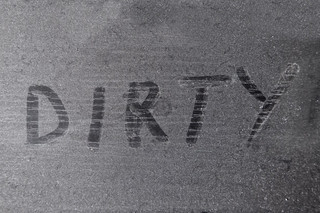1. Start with Appropriate Outdoor Furniture
Furniture that is designed for outdoor use, on the other hand, features treatments designed to withstand harsh weather conditions. Wood is weatherproofed with lacquer, metal has anti-rust coating, and fabric cushions undergo chemical treatments to ward off mildew, stains, and sun-bleaching. You can also opt for synthetic materials that are more resilient.
The point is that furniture rated for outdoor use will require less care and maintenance in general than indoor furniture that you’ve simply decided to place at the mercy of nature. It will still require some care, but it has been crafted for use outdoors.
2. Cover When Not in Use
Some pieces may come with covers at the time of purchase while others have the option to order such accessories from manufacturers. At the very least, you could always keep a few tarps handy to throw over lounges, chairs, and tables. Using clips to keep coverings in place will stop them from slipping or blowing away.
3. Store for the Winter
4. Clean Regularly
When outdoor furniture is exposed to dust, dirt, grime, and weather conditions, the result can be degradation, mold, mildew, rust, and other issues that make your patio furniture virtually unusable before long.
So how do you clean your outdoor furniture without causing undue harm to surfaces and speeding the deterioration process? There are several steps to follow.
First you want to remove excess dirt and grime that has settled on surfaces. This is easily accomplished with a broom, which can be used to brush off both textiles and hard surfaces.
Next you can rinse everything with water from the hose. This may be enough to keep outdoor furniture clean, especially if you clean regularly.
If, however, you’re dealing with some seriously grungy furniture, something stronger may be in order. Harsh chemical cleansers, abrasives, and power washers are a major no-no. Instead, use mild dish detergent and warm water, paired with a sponge or a soft-bristle brush.
If you’re at all worried about damaging furniture, simply perform a test. Choose a hidden area (like the back of a leg or the bottom of a cushion) to test your cleaning method and see the result before you continue with the remainder of cleaning.
